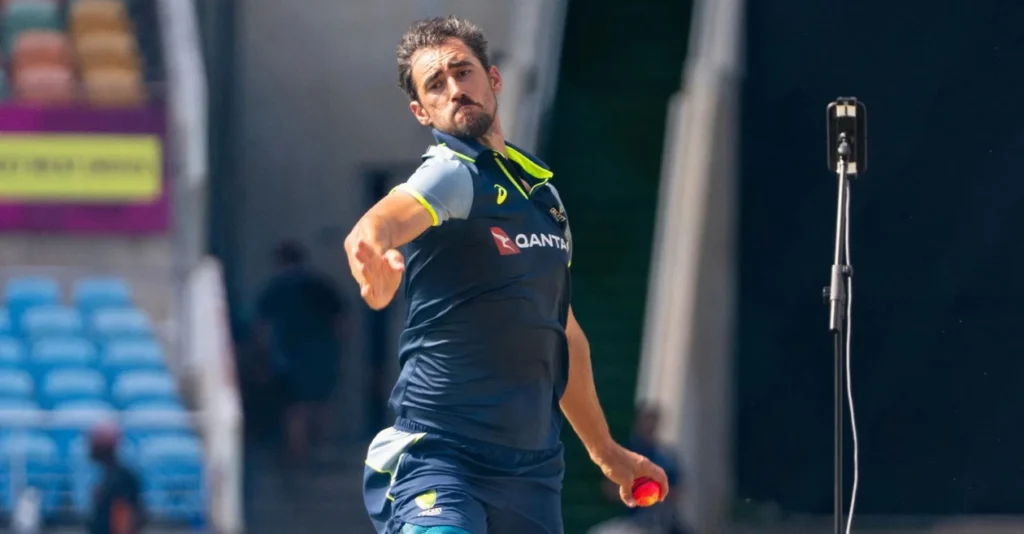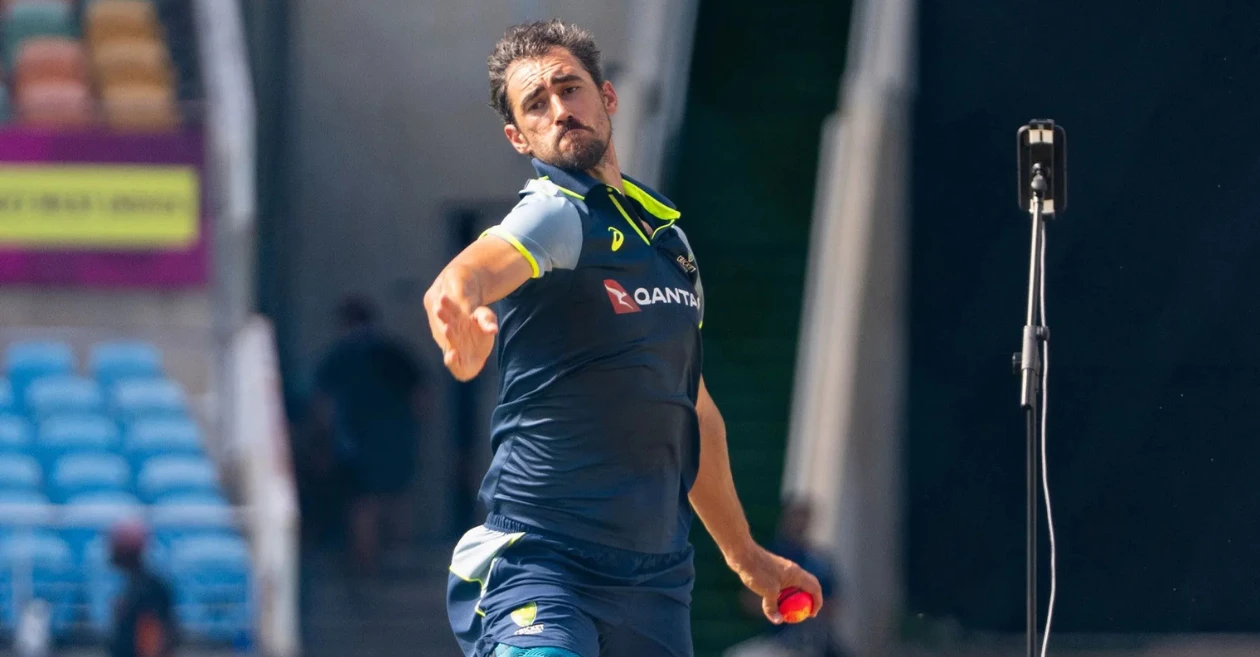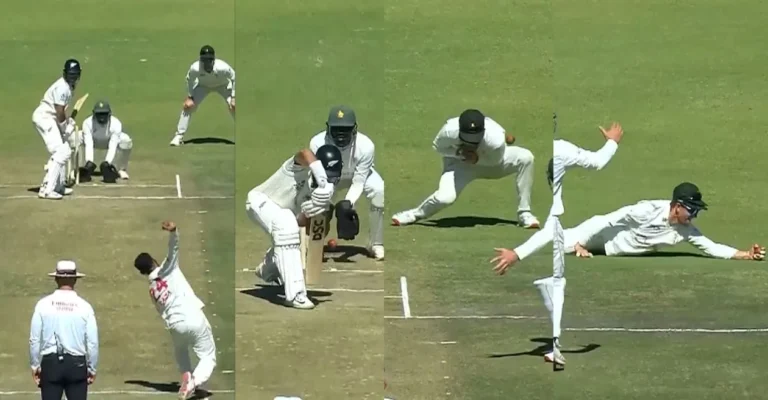

In a historic first for the iconic Sabina Park, a day-night Test is set to unfold, presenting a unique challenge for the visiting Australian team, and particularly for veteran pacer Mitchell Starc. Known as the undisputed master of pink-ball cricket, Starc is approaching a twin personal milestone—his 100th Test and the rare feat of 400 Test wickets.
Mitchell Starc eyes pink ball threat ahead of West Indies day-night clash
With the series already secured, Australia enters the final Test with an opportunity to clinch a clean sweep. However, the introduction of the pink Dukes ball marks a significant shift from the traditional red ball used in the first two matches. Starc, who has taken a staggering 74 wickets at an impressive average of 18.14 in day-night Tests, will be a crucial asset for the Australian attack, yet he admits the team is navigating uncharted territory. “There might be a few things going on at night with the pink Dukes. It’s a new one for us as a group,” Starc told reporters, acknowledging the team’s limited experience with the specific ball. He noted that only Usman Khawaja has any prior experience with a pink Dukes ball, and that was in a county game which “went for a day and a half.”
This match also holds the distinction of being Australia’s first day-night Test away from home, adding an extra layer of complexity. The pink ball is known to behave differently under floodlights, often offering more swing and seam movement during the evening sessions. Starc’s insights will be invaluable as Australia seeks to adapt to these conditions and secure another victory in the series.
A landmark match for Australia’s pink-ball specialist
For Starc, the third Test is more than just a regular fixture; it is a momentous occasion that will cement his place among Australia’s cricketing greats. The left-arm fast bowler will become only the second Australian pacer after the legendary Glenn McGrath to play 100 Tests, a milestone that underscores his longevity and resilience. Starc is also tantalisingly close to the 400-wicket mark, needing just five more scalps to join an elite club of fast bowlers. With his formidable record in day-night Tests, the prospect of achieving this milestone under the Sabina Park lights seems fittingly poetic.
Also READ: WI vs AUS – Alyssa Healy makes special request to Mitchell Starc ahead of his 100th Test
Starc expressed his excitement about the dual milestones, noting the unique circumstances. “It’s quite funny that I’m playing my 100th Test in a pink-ball game. It’s something different, but I’m looking forward to the challenge,” he said. The veteran bowler, who has been a central figure in Australia’s pace attack for over a decade, has a long history of pushing through pain barriers to perform for his country. His dedication has been a key factor in his enduring success at the highest level of the game.
While the focus remains on the pink ball, Starc also provided an encouraging assessment of the pitch at Sabina Park. Unlike the unpredictable surfaces of the first two Tests in Barbados and Grenada, which offered variable bounce and movement, the Jamaican wicket appears to be a more balanced surface. “It looks like it’s probably the best of the three pitches we’ve had so far,” Starc observed, suggesting a fairer contest between bat and ball.
The Australian team’s single training session under the lights confirmed that the pink Dukes ball retains its hardness and offers swing and nip, a contrast to the red Dukes balls used earlier in the series, which frequently went soft and required changing. This characteristic, combined with the prospect of an even pitch, sets the stage for a compelling and potentially high-scoring final Test. The match is a fascinating blend of history, personal milestones, and a unique cricketing challenge, promising to be a memorable conclusion to the series.
Also READ: Netizens react as Australia take strong 2-0 lead in three-match series after dismantling West Indies on Day 5 in Grenada Test
Source link





